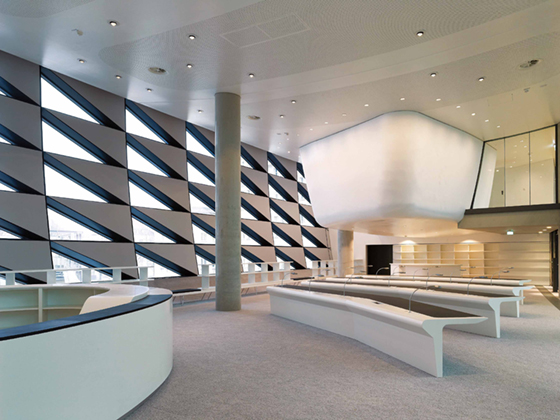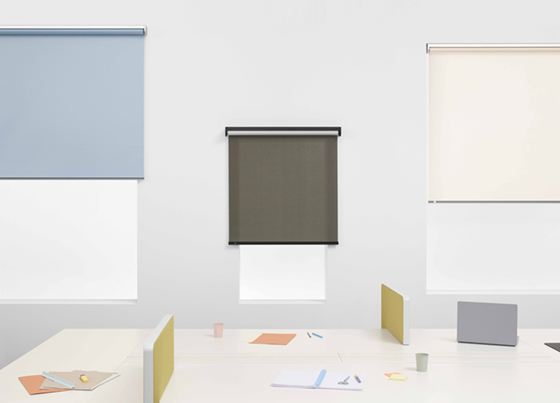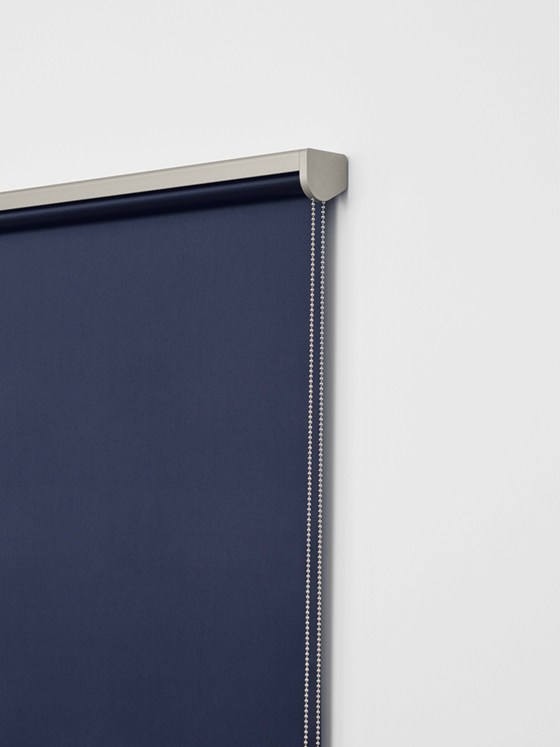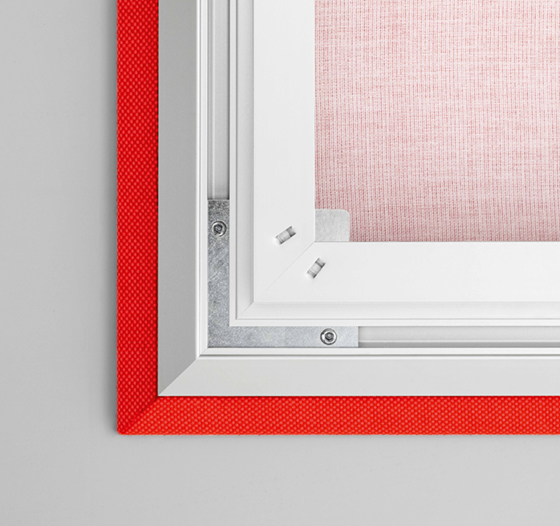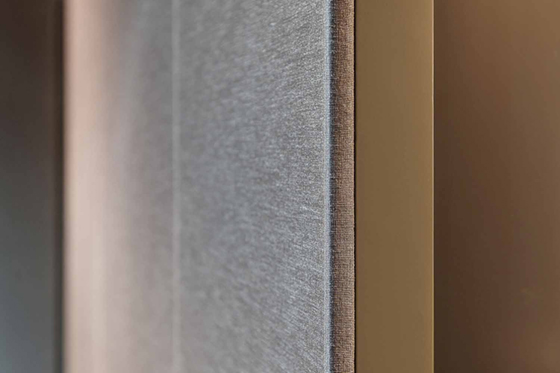Kvadrat: Textiles that change spaces
Text by DETAIL - Zeitschrift für Architektur + Baudetail
München, Germany
06.07.16
Kvadrat textiles enrich interior spaces not only from a visual standpoint. Using the company’s Roller Blinds and Soft Cells, incident light, the indoor climate and acoustics can all be regulated.
Deeply rooted in the Scandinavian design tradition, Kvadrat textiles testify to its passion for colour, naturalness and innovation. Continuously improving the technical and functional properties of textiles is one of the company’s main objectives. Consequently, the company has recently launched, exclusively for commercial use in Germany, Benelux and Denmark, Roller Blinds, a textile solution for windows for controlling, regulating and optimizing the indoor climate. The product is the result of a collaboration with the famous designer-duo Ronan and Erwan Bouroullec. With their typical eye for detail and colours as well as ambition for sophisticated solutions, the brothers have succeeded in designing a customized system that optimally combines aesthetics and functionality.
Die Rollos reflektieren und absorbieren das einfallende Tageslicht und ermöglichen es so, Helligkeit und Temperatur den individuellen Bedürfnissen bei sich verändernden Lichtbedingungen anzupassen. Die Kassetten aus Aluminium und die Textilien Stratus, Nimbus oder Cumulus sind in Form eines Baukastensystems in verschiedenen Größen und Farben erhältlich und können bei sich verändernden Gestaltungsanforderungen einfach ausgetauscht werden. Die Anbringung erfolgt vertikal wie horizontal ohne sichtbare Schrauben und Scharniere.
Kvadrat Soft Cells enable acoustics to be controlled in commercial buildings. They were first used in London’s Swiss Re Building and subsequently further developed for the market. Using a special aluminium frame structure with an internal clamping mechanism and acoustically-effective fabrics from Kvadrat’s extensive range, acoustics can be improved within the range of 200 to 4000 Hz. Different frame sizes and geometries allow for totally individual solutions adapted to the respective architectural circumstances. On walls, ceilings or free-standing, Soft Cells are not just acoustically effective, they also optically enhance internal spaces. Subject to early involvement in the planning process for a building, they can even be incorporated as a customized premium design-quality integrated solution for optimal sound control.
---
Text: Katja Reich

